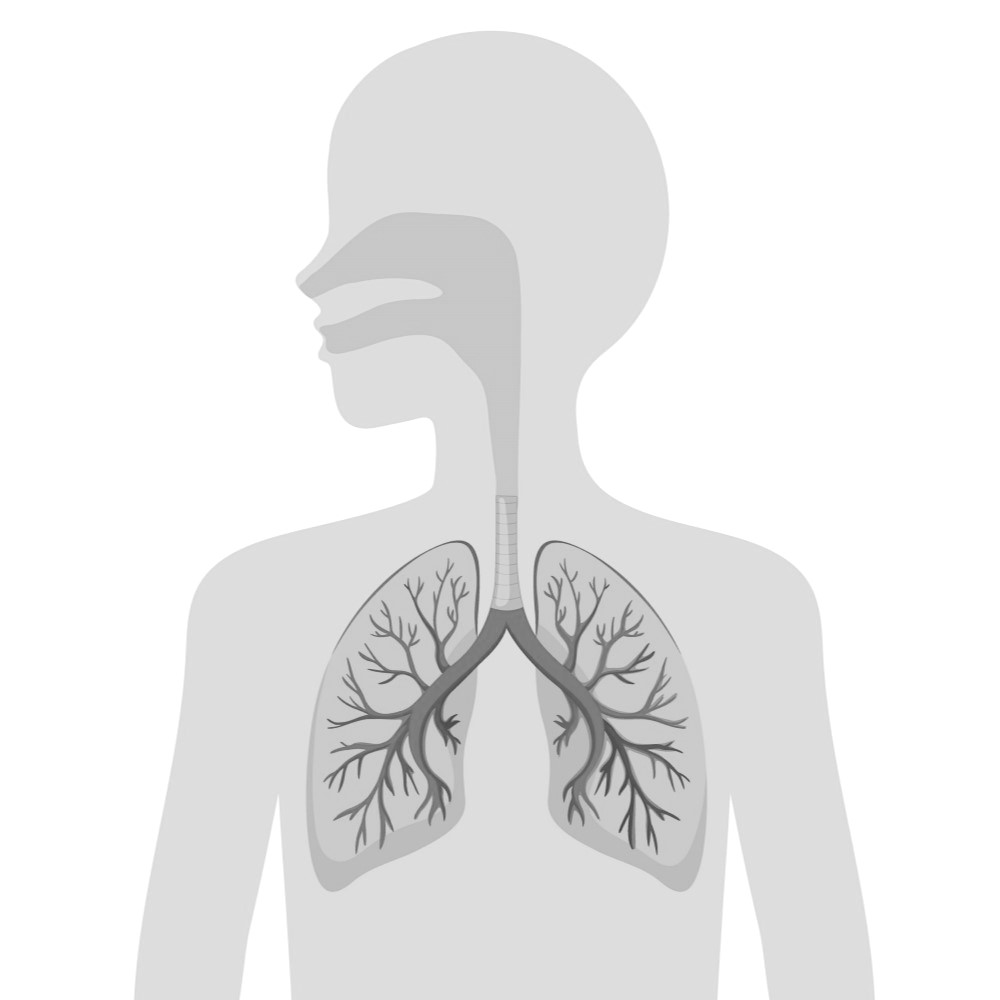

Opening the glottis frees the torso
To stand upright effortlessly is not in itself special – buildings and bookcases are brilliant at it. The miracle is that our mechanisms for uprightness include ever-present availability for movement. Even when still, we are in a state of responsiveness and adaptation: perhaps to air currents or to our own breathing.
Among the complex systems that contribute to uprightness, I will talk very generally about two. One is fixed (in the sense that we make ourselves somewhat rigid) and effortful; and one, which I will call ‘ease’, is neither fixed nor effortful. My belief is that many of us, most of the time, simultaneously use both of them. My interest has been to consider how each system might affect us, and how we might encourage ourselves away from the effortful system and towards ease. With much pleasure I’ve found that doing so has pointed me directly to Alexander’s work.

Image credit: brgfx on freepik
The human torso has two large chambers: the lungs and the abdomen. A school of thought proposes that we can turn those chambers into a ‘cylinder of support’ by pressurising them. We can think of this as somewhat like a can of fizzy drink that is strong when pressurised (unopened), but flimsy once depressurised (open). If we close the glottis (as we do automatically when exerting, via the ‘glottal effort closure reflex’, [1]); we make our own thoracic chamber a 'closed' and therefore pressurisable space. We modulate the degree of stiffness with how much air we take in and how much we squeeze the contents with our muscles.
This is not a proven mechanism, but there is certainly evidence that contracting the abdominals stiffens the spine [2]; and the ‘soda-can’ model is a plausible explanation. Many people strongly fix this area: tensing the stomach muscles and holding the breath: when lifting something heavy, for example. In this system, then, postural support depends on continuous muscle activity.
The spine, however, needs no such priming in order to bear weight – its materials are naturally supportive. Bone is highly incompressible and resistant to bending. Interspinal discs are also relatively incompressible, although they do deform; which allows bending without collapse. The facet joints bear up to 30% of the compressive load [3], and also guide and restrain movement in a manner somewhat like tiny rails oriented in various directions. In this system the function of muscles is not to stiffen the basic structure, but rather to support the spinal curves, to generate and respond to movement, and to ensure the balance of one vertebral segment on another in an ongoing process of adjustment, response and availability for movement.
In the ease model, each segment gives a unit of stiffness and also the possibility of movement. This offers a remarkable degree of fine control; and because tiny adjustments can be made at individual segments, the effort required to balance the spine is remarkably low.
With the soda-can model, since pressure distributes equally throughout the whole space, the entire length of the thorax essentially becomes one block. This gives little or no intersegmental control: no possibility for micro-adjustment or free and flexible movement. We are holding ‘rigidly still’ and the only possible modulation is greater or less stiffness of the whole. Reliant on effort for rigidity, and rigidity for uprightness, we can't be flexible or use less effort without collapsing.
First I want to emphasise that I’m pretty sure the soda-can system (including the glottal effort closure reflex) is there for a reason. I’m not suggesting that we should eliminate it, but I do think it likely that we habitually over-use it.
Secondly, it’s got me thinking about, and experimenting with, the throat and airway. This is because closing the airway is a precondition for pressurising the lungs – we can’t pressurise a space that isn't sealed. It follows then, that by refusing to close the airway, we keep ourselves from the fixed and effortful (soda-can) system.
When I am tense or endgaining, I invariably find that I have closed the glottis and also am likely pressing the tongue to the palette (which also closes the oral airway). If I open both places —even in a quite mundane fashion and not at all thinking about my directions— I take a spontaneous breath and some release occurs in the throat, chest and abdomen. It seems that in this state although it’s possible to pause breathing, it’s virtually impossible to fix the lungs in the sense of making them rigid.
So, of course, my mind is taken to the direction ‘free your neck’, and FM Alexander. It is interesting that this exercise in armchair reasoning has led from observations about an unhelpfully fixed mode of postural support, to the thought that an open throat would likely render that pattern of use impossible. Specifically, I have been wondering about the whispered Ah, which is so much more than just opening the airway, but which recognisably includes it.
This essay is not at all an explanation of the Alexander Technique, it’s a small insight into one of the things that happens when we practice it. And if nothing else I’m glad to remember that a free neck includes a free throat.
© Copyright 2025 Alice Turner
There are no cookies on this site: check it's true